
Blogs
The Right Way to Build a User Journey Map


The Pathway to Success
Have you ever gone on a road trip? Would it not be a difficult journey if you had no idea where your final destination was? A crude user journey map is a lot like that. When a customer first interacts with a business, he comes in with expectations – which he has not yet defined.
The path you lead him on will either; fulfill these expectations, or they won’t. If there is no clear path and the customer journey is not defined, the user experience will be a difficult one – so much so that a study by PWC showed that 32% of customers walk away from a brand after just one bad experience.
It is evident, therefore, that the pressure to retain customers is high. Hence having a well-structured user journey map is essential in this regard. A user journey map visualizes the path a user takes toward understanding and eventually promoting your business.

So, this helps us understand that the customer is at the core of the journey map. Keeping the customer happy is perhaps the primary pain point a user journey map helps fix. Businesses place the customer first when they design these maps, ensuring that everything they do is for the benefit of the customer – this ensures customer retention.
So, what steps can you take to ensure that your user journey map defines a clear path for a customer? In this blog, we will go through a few steps that can help you do this.
Steps to Implement User Journey Mapping
A user journey map is a 6 step process:
Awareness
How do you build awareness? From the perspective of the users, this would mean answering questions such as – What are their likes and dislikes? Which products do they like to buy? What time of the day do they buy most often? So on and so forth.
Once you answer these questions, you can grab their attention with the right products. When you have their attention, you are creating awareness. You can also build brand awareness by posting relevant blogs and shareable infographics.
Having a social media presence is another great way to increase awareness. Well researched and specifically targeted content will improve S.E.O. This awareness of your existence will then lead to the next step.
Engagement
Engagement is crucial in keeping the user interested in your product. The more you engage them, the more desired they feel – however, the right kind of engagement is vital. Your priority must be to improve the customer’s experience.
You can do this through email campaigns, social media posts, blogs, etc. When you personalize your approach, your clients will want to engage even more. The idea is to get into a dialogue with your customers – asking them questions and letting them voice their concerns.
Let your customers know that you genuinely care about their requirements. Interacting with the customers and giving them the power to voice their opinions is a good idea. This will create a community that you can use to build customer experience. Eventually, your job is to get the customer to the next step.
Subscribe
Subscription is a vital step in the journey your customers take. Once they have subscribed to your business, you know you have someone close to being a client. Subscription indicates a desire to be cognizant – they are telling you that they like what you offer and that they are eager to see more.
To maintain subscribers, you will need to use the insights gained from engagement to create quality content. The more useful and relevant content you put out for your subscribers to see, the more likely they are to move on to the next step.

Convert
In the converting step, these subscribers start investing in your business. There are two key areas where their investment matters – their time and money. Remember, a customer can always spend their time doing something they like.
So, if you can get them to sacrifice their time for you, and invest money into your business, you know you have a client. Now your job is to maintain – if not better – the level of excitement of your client.
One way you can do this is by offering new products consistently. Again, we cannot reiterate the importance of placing the customer first. When you think like the customer, you will put out content that will appeal to them. The idea here is not to stagnate at this step but to get your customers to ascend to the next step.
Advocate
Users advocate through testimonials and customer stories. These can build your credibility in the market and can define the growth of your business. To get your customers to this step, you have to ensure that you are doing all the other steps right.
Once you get your customers to advocate, it is all about maintaining your customer service. Do that right, and soon you will turn these customers into promoters – which is the next step in the process.
Promoters
As promoters, your clients will promote your product to their friends, acquaintances, and colleagues. The best part of this is that this promotion is free and has wide-reaching benefits. Once you get your clients to become promoters, they will spread the word about you and build your brand’s awareness.
This journey your customers take is an interesting one because of how it ends. Notice that their journey does not end abruptly but is a closed-loop. The beauty of this journey is that you, the service provider, begin their journey by building awareness and, if everything is done right, at the end of the journey, your customers are the one’s building awareness for you.
Thus, a well-defined user journey map is like a round trip. If your journey map does not end like this, then you might need to fix it.

It’s About How the Journey Ends
It is important to remember that in this journey map, you don’t have to start building from the first stage. Analyze your journey map and identify the step in which you are unable to deliver. Focus on that area and fix it.
The reason we suggest this is because if you start at the first step while the problem is elsewhere, you will only complicate things further. So, don’t start at the first step. Additionally, always remember that a happy customer is great, but if you make them successful, they will be your greatest promoters.


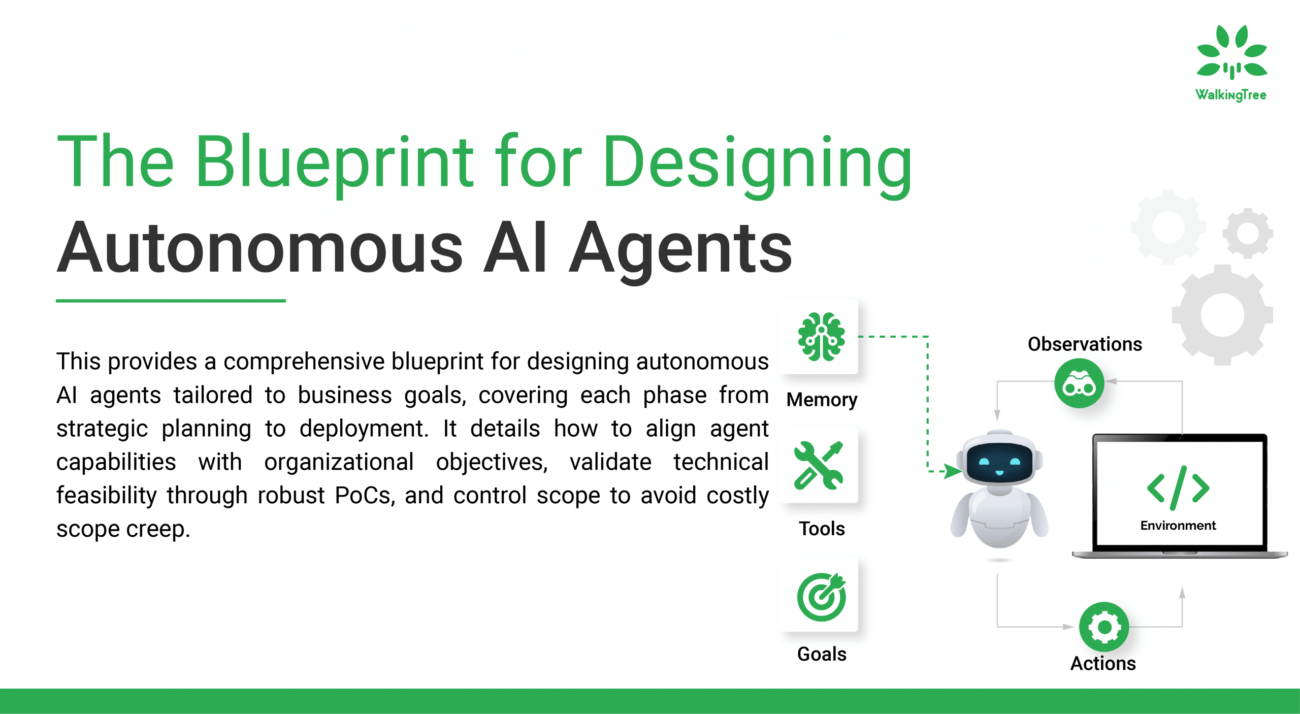

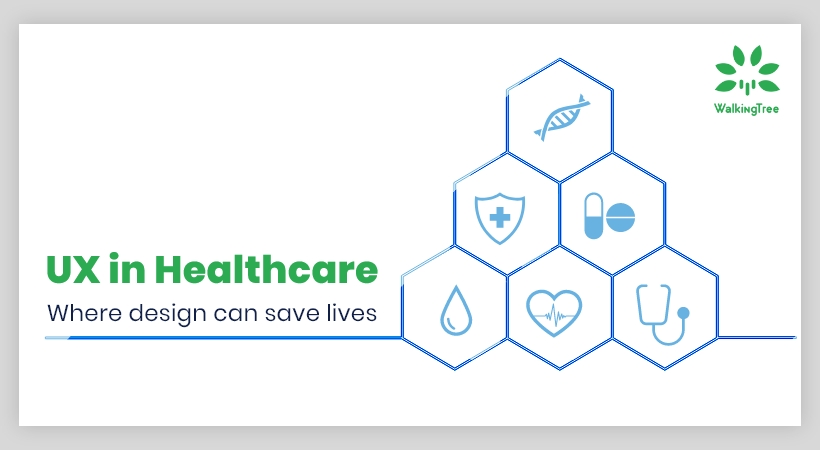
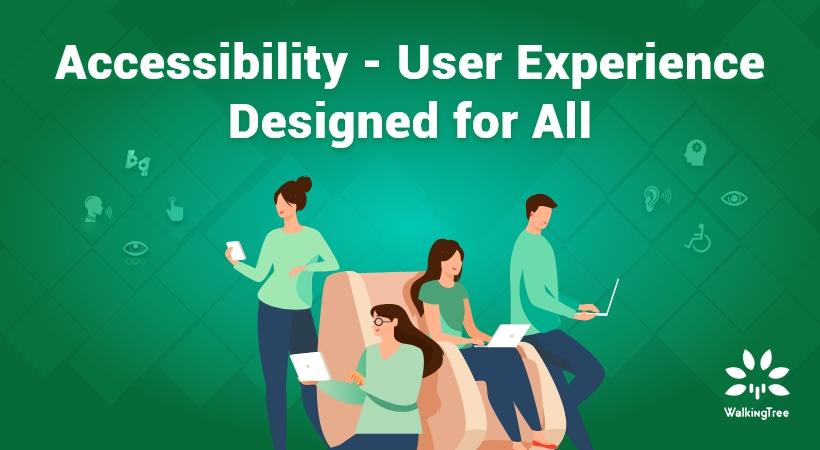


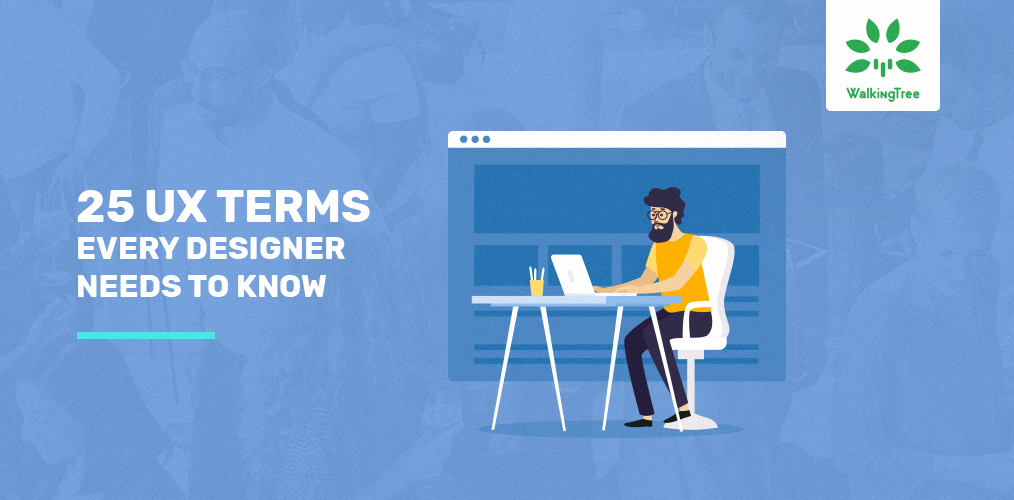
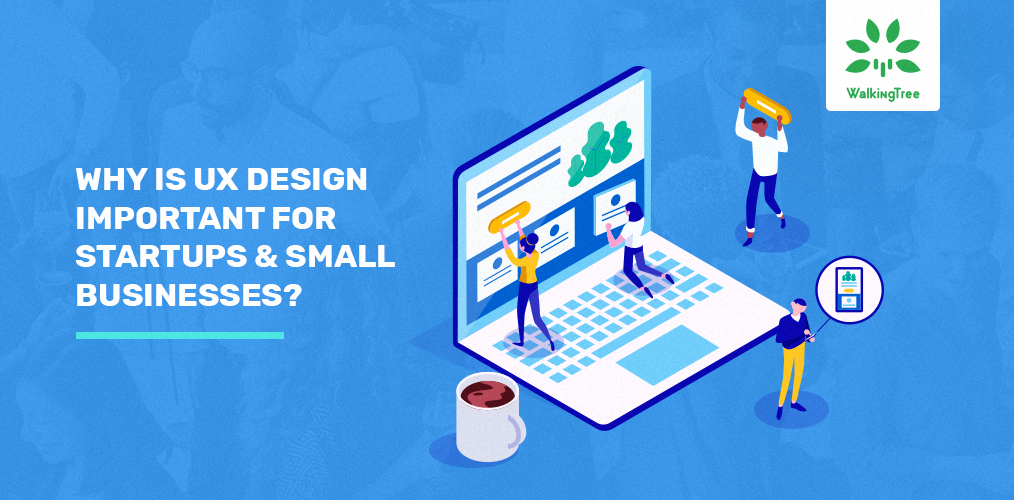
Are these the aspects or the steps of a journey map? As far as I can see, advocacy and promotion are definitely not the steps of a journey map. They are the aspects.